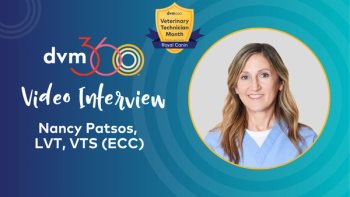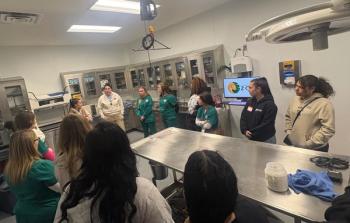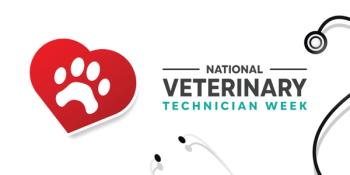
Top 10 hospital inefficiencies, as identified by dogs and cats
These precocious pets are here to show you the gaps, rifts and design flaws that bust your ability to take care of business at your veterinary practice.
Heather Lewis, AIA, NCARB, is a partner at Animal Arts, an architecture firm in Boulder, Colorado, who's designed practices and shelters that range in size from 1,200 square feet to 110,000 square feet. We asked her to identify the top areas where your hospital might be hurting your ability to get stuff done. These clever critters help illustrate her top 10 areas your practice is hurting your business:
1. The area in front of the reception desk is too tight.
The result: Clients get clogged up there and then no one gets helped efficiently.
Images courtesy of Getty Images
2. The exam rooms are too small.
The result: This can make things actually take longer and can create anxiety in the pet (small room syndrome).
3. There's not enough room behind treatment tables.
The result: People's rear ends bang into other things. At the very least this is distracting.
4. There are no layout tables in treatment.
The result: Doctors have to step away to reach things, which can be really inefficient.
5. There's too much going on in lab other than lab work.
The result: There's no quiet place to sit, so it takes longer to process samples.
6. The drainage is in front of runs.
The result: This makes runs harder to clean and less efficient.
7. There aren't hand-washing sinks where they're needed.
The result: People have to walk to wash their hands or they skip it. Both are issues.
8. There are places to hide.
The result: Remote offices and break rooms can be places where doctors and team members can skulk instead of working. A lot of hospitals find that having a more open workspace with more casual work stations keeps people efficient and working.
9. The wards are too remote.
The result: It takes a long time to check on patients. If wards are right around treatment behind glass, patients can be monitored more efficiently.
10. You use paper files.
Electronic files take less time to manage.
Newsletter
From exam room tips to practice management insights, get trusted veterinary news delivered straight to your inbox—subscribe to dvm360.






